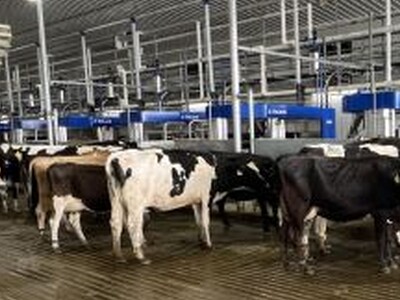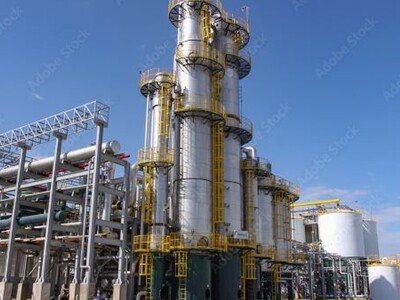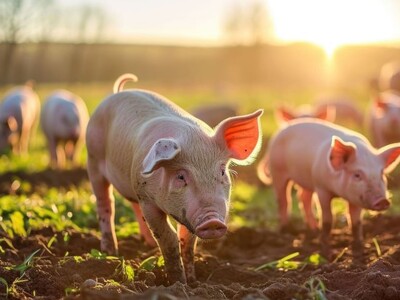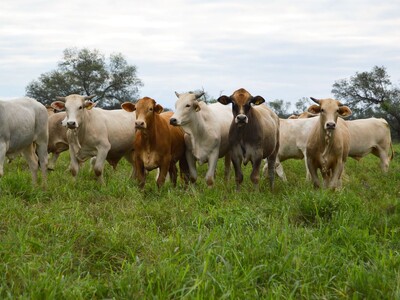Food Safety for Thanksgiving
Food Safety For Thanksgiving. I’m Greg Martin with today’s Line On Agriculture.
Well this week is Thanksgiving and if you are like our family, once the feast is over and family time begins, the turkey and other goodies tend to get left on the counter for those later on snackers and that calls into mind the question of food safety. Food safety is a concern 365 days a year, but it seems to take on an even greater importance during the holidays, starting with Thanksgiving. A safe Thanksgiving dinner can be ensured through proper food handling, preparation, and storage according to Ellen Laymon of the Oregon Department of Agriculture's Food Safety Division. The centerpiece for the feast is the holiday turkey.
LAYMON: People have a tendency to thaw their turkeys out on the counter or the stovetop, and we know that is not a safe thing to do. So thawing overnight in a refrigerator is probably the best practice. General rule of thumb is one night for every five pounds of turkey. So you need to plan ahead when you have a bigger-sized bird.
Cook the bird to 165 degrees Fahrenheit and use a meat thermometer to make sure. Also be aware of cross-contamination. Use separate cutting boards, knives, and other utensils when you are handling raw versus ready-to-eat foods. Then there's the matter of leftovers.
LAYMON: Put things in shallow containers so they will cool rapidly in the refrigerator. Keep them covered. Keep them separate. The rule of thumb, in general, on leftovers is only reheat them once. So plan that if you are not going to be using the turkey within two or three days, you'll want to freeze what you won't be using.
Good techniques and common sense will ensure a safe and satisfying meal for family and friends this holiday season. Laymon says the holidays are a good time to be extra careful about proper food handling, preparation, and storage.
LAYMON: There is potential for food illness that is concerned with the bigger meals that are prepared. So food safety is a very important thing to remember during this time of the year.
Laymon says keeping holiday food at the proper temperature is important as it is being prepared, served, and stored.
LAYMON: Keep the cold foods cold and the hot foods hot. You are trying to keep the food out of the danger zone, which we consider from 40 degrees to 130 degrees Fahrenheit. That's when bacteria will grow and that's what you are trying to avoid.
That’s today’s Line On Agriculture. I’m Greg Martin on the Northwest Ag Information Network.


















